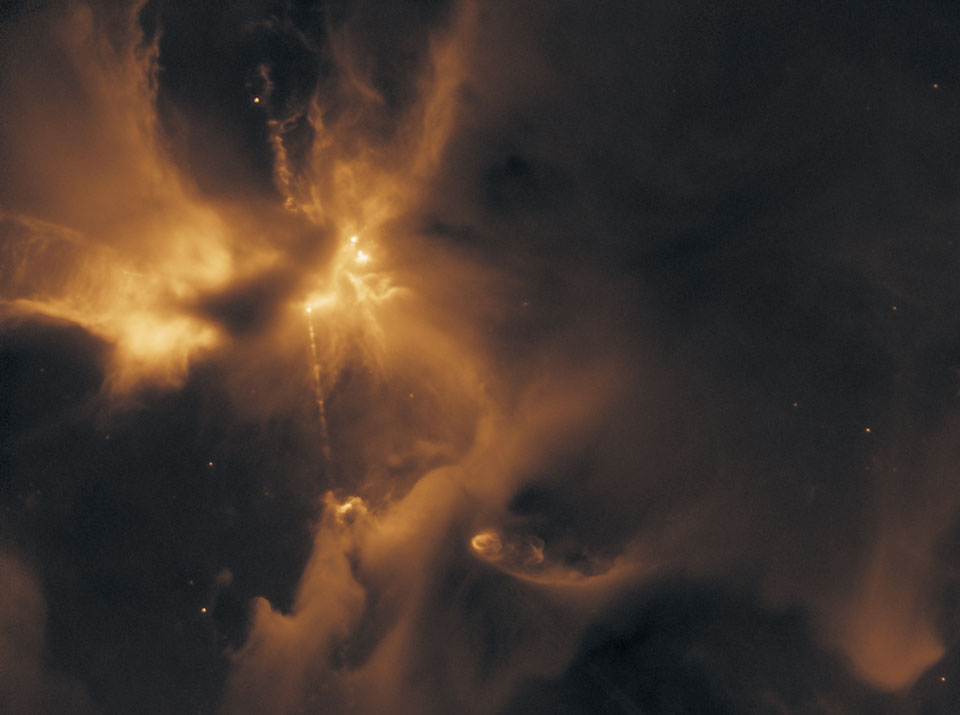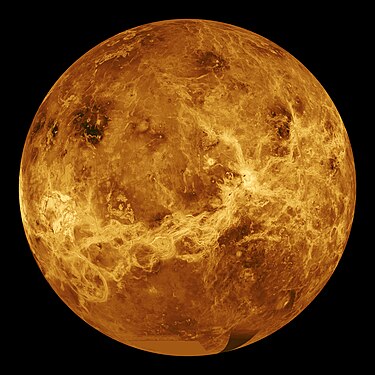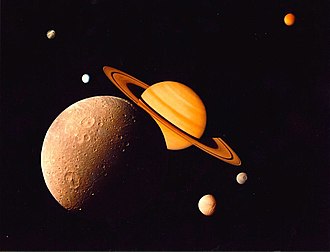Life conquered the land, then the air, and now, more or less, life has penetrated outer space. Life has been able to leave the cradle from which it's born. This reality mostly still exists only in it's home solar system. The various planets have characters all their own. They all have their stories to say about the Solar system and the history of Mankind's learning about them.
Mercury is the core of a Earth/Venus sized planet exposed. It was hit by some body maybe mars sized which blasted off the outer crust. It's motions were a proving point for Einstein's "General theory of Relativity."
This was our only picture of Mercury till just a few years ago. It's from the Nasa Mariner spacecraft around 1974.
Here's the recent new image of Mercury is streaks across its surface.
Venus is often called Earth's twin; but, as it turns out, it's a greenhouse gas world gone wild. It's atmosphere temperatures goes into the eight hundred degrees. When this happens is anyone's guess. My own theory is that it is phase locked(probably due to not having a moon like the Earth does) to the Sun. One side got heated up. The hot atmosphere on one side eventualy heated up the other side.
Image of Venus around 1979, by the Pioneer Venus Orbiter
Soviet Russia was actualy the first to get an image of Venus's surface; then, we got a great orbiter around Venus in the 1990s. The science of hellish Venus was of course stunning.
The Earth is not only the only planet with life, it is absolutely covered with life. And of course, this life evolved one intelligence that has been able to figure out the universe. It may owe all this to it's Moon. The Earth is also unique in this solar system for being a double planet system. If the moon was orbiting on its own, it would be considered a planet all by itself.
This is Apollo 10 image of Earthrise while orbiting the moon.
Mars has gone cold. It's red probably because it's once oxygen atmosphere has been obsorbed in the rocks; hence the rusty rock look. Mar's orbit at one time was eight degrees out of a perfect circle. This presented problems for Kepler and Tycho Brahe, and led to Kepler's three laws; these laws later were derived by Newton's inverse square law.
Here's my favorite image of Mars, where you can see it's atmosphere. This picture would be from Mariner spacecraft in the 1970s.
Jupiter is the first of the gas giants. It's the biggest of them all. Recent studies suggest that Jupiter often takes the hits from any comets, making multicellular life possible here on Earth. It has four major moons(about the size of the Earth's orbiting moon). In the 1600s, Romer investigated the motions of these moons and found the finite speed of light.
Jupiter has a red spot noticed by Galileo. This Red Spot has is still visible. How long it's been there and how long it will be there is still a scientific question.
Jupiter has some fascinating orbiting moon/planets. Io is a volcanic world due Jupiters magnetic field going straight through it, and tidal forces with Jupiter. Europa is a ice world covering a watery world. It's oceans created some of the first fascination after Mars for possible life outside of the Earth.
Voyager spacecraft image of Jupiter and its redspot.
Saturn is the rings world. Galileo appears to be the first to notice them. Saturn has another world fascinating for extraterrestrial life - Titan. A recent space probe has finally seen the surface of Titan. Titan doesn't appear to be hospitable, but it's cold physics creates some interesting geology.
Another interesting Saturn moon revealed by the Cassini spacecraft is Encelades. It's Europa like.
Mosaic of Saturn and its moons; pictures from Voyager 1
Uranus is a tipped over planet. This is probably due to a collision a long time ago. Uranus was discovered in the 1700s. It was the first planet discovered by Humans since the Greeks noticed the wandering stars.
Mathematicians of the 1700s found Uranuses orbit odd. They predicted another Planet further out to account for it's odd motions. This planet was called Neptune.
Voyager 2 spacecraft image mosaic of Uranus and its moons.
Voyager 2 spacecraft image of Neptune











